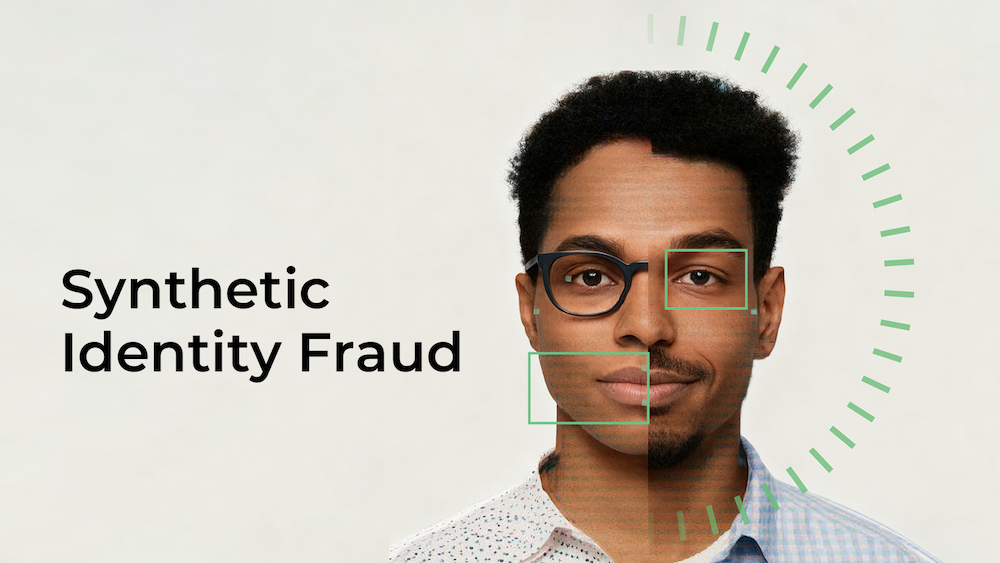Understanding ATO Attacks
Account takeover (ATO) occurs when cybercriminals gain unauthorized access to user accounts by exploiting stolen credentials. Here’s what you need to know:
Definition: ATO involves malicious actors using compromised usernames and passwords to infiltrate accounts, posing a serious threat to individuals and organizations alike.
Common Attack Vectors:
Data Breaches: Cybercriminals capitalize on leaked login credentials from data breaches to gain entry into accounts.
Social Engineering: Crafty manipulation of users through deceptive tactics, such as phishing emails or phone calls, leading to compromised credentials.
Phishing: Bogus websites or emails trick users into revealing sensitive information, enabling ATO.
Signs of ATO
Detecting anomalies in account activity is often the first sign of an account takeover (ATO), and early detection can prevent further damage. Sudden changes in login patterns, such as multiple failed login attempts, logins from new devices, uncharacteristically large or frequent transactions, and logins from unfamiliar or suspicious IP addresses, are key indicators of ATO. Real-time monitoring is crucial for promptly identifying and responding to these attacks. By continuously analyzing account activity, businesses can detect and mitigate threats before they escalate.
Account Takeover Prevention Strategies & Real World Examples
Multi-Factor Authentication (MFA)
Multi-Factor Authentication (MFA) is a critical component in enhancing security beyond traditional passwords. By requiring users to provide two or more verification factors—such as something they know (password), something they have (smartphone), or something they are (fingerprint)—MFA significantly reduces the risk of account takeover. Even if a cybercriminal obtains a user's password, they would still need the additional verification factors to gain access, making it much harder for unauthorized individuals to infiltrate accounts.
DBS Bank, one of the largest banks in Singapore, implemented MFA across its digital banking services. By requiring customers to authenticate using a combination of passwords and one-time passwords (OTPs) sent to their mobile devices, DBS significantly reduced the incidence of account takeovers. The bank reported a marked decrease in unauthorized access attempts, highlighting the effectiveness of MFA in securing customer accounts.
Behavioral Biometrics
Behavioral biometrics involves analyzing patterns in user behavior to detect anomalies that may indicate an account takeover attempt. This includes monitoring how users interact with their devices, such as typing speed, mouse movements, and touchscreen gestures. By establishing a baseline of normal behavior, systems can identify deviations that may signal fraudulent activity. For example, if a user typically logs in from a desktop computer but suddenly accesses their account from a mobile device with different interaction patterns, this could trigger an alert for further investigation.
CIMB Bank in Malaysia, has integrated the behavioral biometrics function. By analyzing user behavior, CIMB was able to detect and prevent numerous fraudulent transactions. Within the first year of implementation, the bank saw a significant reduction in account takeover incidents, demonstrating the effectiveness of behavioral biometrics in protecting customer accounts.
Device Fingerprinting
Device fingerprinting is a technique used to identify and track devices accessing an account. This method collects information about a device's hardware and software configurations, such as browser type, operating system, and installed plugins. By creating a unique "fingerprint" for each device, businesses can recognize and flag suspicious devices attempting to access accounts. If an unfamiliar device tries to log in, additional verification steps can be required to ensure the legitimacy of the access attempt. This helps in preventing account takeover by blocking or flagging potentially malicious activities.
Gojek, a leading ride-hailing and digital payment platform in Indonesia, uses device fingerprinting to monitor and manage the devices that access user accounts. By identifying and tracking devices, Gojek can detect and block unauthorized access attempts. In one instance, Gojek was able to prevent a large-scale fraud attempt by identifying and blocking suspicious devices attempting to access multiple accounts, thereby maintaining the security of its user base.
IP Analysis and Geolocation Tracking
IP analysis and geolocation tracking involve monitoring login attempts based on the IP addresses and physical locations from which they originate. By analyzing the geographic location of login attempts, businesses can identify unusual access patterns that may indicate an account takeover. For instance, if a user who typically logs in from Manila suddenly has a login attempt from a foreign country, this could be a red flag. Implementing geolocation tracking allows businesses to set up alerts or additional verification steps for logins from high-risk or unfamiliar locations, thereby enhancing account security.
PayMaya, a popular digital wallet and payment service in the Philippines, employs IP analysis and geolocation tracking to monitor login attempts and protect user accounts. In one notable case, PayMaya detected a series of login attempts from a high-risk region that did not match the typical login patterns of the affected users. By flagging these attempts and requiring additional verification, PayMaya was able to prevent a significant account takeover attack, protecting both its users and its platform from potential fraud.
By integrating these advanced strategies, businesses can significantly bolster their defenses against account takeover attacks, ensuring a higher level of protection for their users and digital assets.
TrustDecision's Identity Verification Solution
TrustDecision is a leader in identity verification solutions, offering advanced technologies to help businesses combat account takeover (ATO) and other forms of fraud. With a comprehensive suite of tools designed to verify user identities accurately and efficiently, TrustDecision ensures that businesses can protect their digital assets and maintain user trust.
Document Verification
TrustDecision's Document Verification feature ensures the authenticity of user-provided documents. By leveraging advanced optical character recognition (OCR) and machine learning algorithms, the system can quickly and accurately verify documents such as passports, driver's licenses, and national IDs. This process helps in confirming the identity of users and preventing fraudulent account creation or access.
Biometric Matching
Biometric Matching is another key feature of TrustDecision's solution. This technology compares live user data, such as facial recognition or fingerprint scans, with stored records to verify the user's identity. By incorporating biometric data, businesses can add an extra layer of security, making it significantly harder for cybercriminals to impersonate legitimate users and take over accounts.
Watchlist Screening
TrustDecision's Watchlist Screening feature identifies potential risks based on known threats. The system cross-references user information against global watchlists, including those maintained by regulatory bodies and law enforcement agencies. This helps in identifying high-risk individuals and preventing them from gaining unauthorized access to accounts.
Benefits
Implementing TrustDecision's Identity Verification Solution offers several key benefits:
Strengthening Account Security: By verifying user identities through multiple methods, TrustDecision significantly enhances account security, making it more difficult for cybercriminals to execute account takeover attacks.
Reducing Fraud: The comprehensive verification process helps in identifying and blocking fraudulent activities, thereby reducing the overall incidence of fraud.
Enhancing User Trust: By ensuring that only legitimate users can access accounts, businesses can build and maintain trust with their customers, leading to improved customer satisfaction and loyalty.
TrustDecision's Identity Verification Solution provides businesses with the tools they need to effectively combat account takeover and other forms of fraud, ensuring a secure and trustworthy digital environment for their users.
Conclusion
In the ever-evolving landscape of digital security, understanding and combating account takeover (ATO) is paramount. By recognizing the signs, implementing preventive strategies, and leveraging advanced solutions like TrustDecision’s Identity Verification, businesses can fortify their defenses.

.jpeg)












